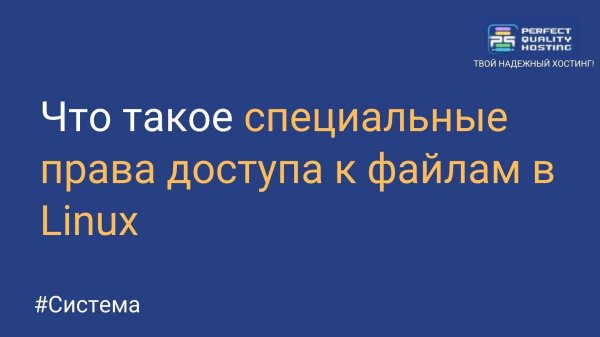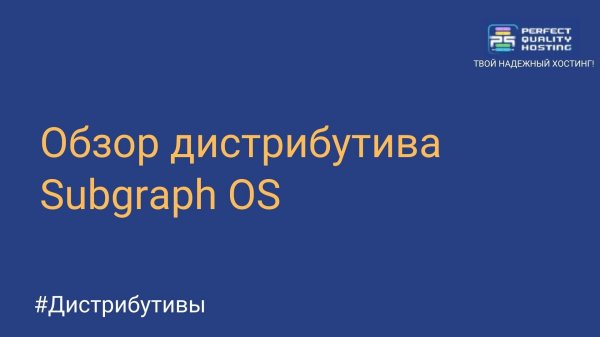Restoring Grub after installing Windows 10
- Main
- Knowledge base
- Restoring Grub after installing Windows 10
This is an operating system loader that is used in many Linux distributions. It is one of the most popular boot loaders for Linux and provides support for many operating systems.
When is recovery needed?
Grub recovery is required in the following cases:
- Installing a new operating system: when installing a new OS (for example, Windows) it can erase or change the grub bootloader, which may lead to the fact that you will not be able to boot into other operating systems on your computer. Grub recovery will help restore the ability to select and boot other operating systems.
- Updating or deleting grub: In some cases, updating or deleting grub may cause problems that may cause your computer to not boot. Grub recovery will help to fix these problems and return the system to normal boot.
- Changing hard disk partitions: If you have changed partitions on the hard disk (for example, created a new partition or resized an existing partition) without using the appropriate tools, this can also lead to the loss of the grub bootloader. Grub recovery will restore the ability to boot operating systems on your computer.
Grub recovery allows you to restore the normal functionality of the bootloader and restore the selection and loading of operating systems on your computer. It should be noted that grub recovery instructions may vary depending on the operating system used and the configuration of your computer.
How to restore grub?
Grub Recovery Instructions:
- Boot using a LiveCD or Live USB drive. You must have the same version of Linux installed as on your computer.
- Open a terminal and run the following command to find the partition containing your Linux installation: sudo fdisk -l
- Pay attention to the partition marked as "Linux" or "Linux LVM".
- Mount the Linux partition on your system. Suppose it is located in the /dev/sda1 partition. Run the following command to mount the partition: sudo mount /dev/sda1 /mnt
- Install several necessary packages. Run the following command: sudo apt-get install grub2-common grub-pc
- Restore grub. Run the following command: sudo grub-install --root-directory=/mnt /dev/sda
- Run the grub update. Run the following command: sudo update-grub
- Mount the Linux partition. Run the following command: sudo umount /mnt
- Reboot and check if grub is restored.
This is a basic instruction. Depending on your specific situation, you may need additional steps or commands. If you have any problems or errors, it is recommended to consult the official documentation of your Linux distribution or search for additional information on the Internet.
Recovery after Windows 10
If you are using UEFI and want to restore grub after installing Windows 10, there is an easier solution.
Here is a step-by-step instruction:
Start Windows 10 and open a command prompt with administrator rights. To do this, press Win + X and select "Command Prompt (Administrator)".
At the command prompt, run the following command to disable Fast Startup in Windows 10:
powercfg /h off`
Now run the following command to see the list of partitions on your computer:
diskpart
At the Diskpart command prompt, run the following command to find out the number of the partition where your Linux system is installed. Pay attention to the partition size (in GB) and the file system label to find the correct partition. Write down the partition number, you will need it in the next step.
list volume
Now run the following command on the command line to restore the GRUB loader to the selected partition (partition number_):
bcdedit /set {bootmgr} path \EFI\ubuntu\grubx64.efi`` or``bcdedit /set {bootmgr} path \EFI\pop_os\GRUB.ext
(depends on your distribution).
Restart your computer. Grub should now be restored and you will be able to select your Linux system in the boot menu.
This is a simpler solution that allows you to restore grub using Windows 10 and without having to use LiveCD or other tools. Please note that in some cases additional configuration or more complex actions may be required.



































